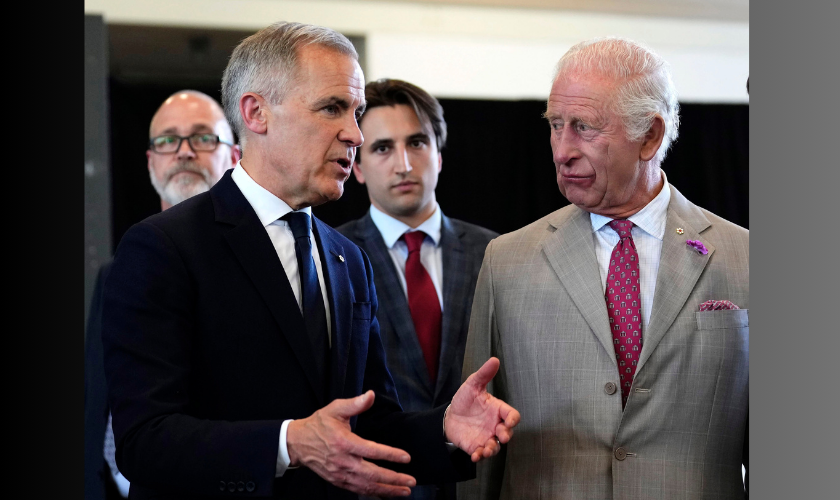Before Donald Trump backtracked on his latest threat of heavy tariffs against the European Union, the US president had justified them on the grounds talks with the bloc were "going nowhere".
Now, with the 50-percent tariffs put on hold -- and a July 9 negotiating deadline restored following a Trump call with EU chief Ursula von der Leyen -- Brussels sees fresh impetus for a deal.
Here is what we know about negotiations aimed at averting all-out trade war between the transatlantic partners:
What's the status of EU-US trade talks?
The US president has hit the EU with multiple waves of tariffs: 25-percent duties on cars, steel and aluminium, and a 20-percent levy on most European goods.
That across-the-board tariff is suspended pending negotiations, though the EU remains subject to a 10-percent US import levy along with countries around the world.
The European Commission has been leading talks on behalf of the 27-country bloc in search of a mutually beneficial deal with Washington -- though with little to show so far.
EU trade chief Maros Sefcovic has held multiple calls with US Commerce Secretary Howard Lutnick and Trade Representative Jamieson Greer, and was to speak with Lutnick again on Monday.
Trump and von der Leyen, meanwhile, have had sparing contacts -- including a meeting on the sidelines of Pope Francis's funeral, and Sunday's phone call.
A key challenge for the two sides, according to experts, is their different approach.
"Trump's demands appear to reflect deep US frustration with the EU's professional, calm and bureaucratic approach to trade negotiations -- clashing with Trump's willingness to quickly ink sexy-looking deals even if they mean very little in practice," said Agathe Demarais of the European Council on Foreign Relations (ECFR).
What does Trump Want?
Trump has called for eliminating the EU's surplus in goods trade with the United States, which he says could happen if European countries massively ramp up their purchase of American energy.
He has also urged concessions from the bloc on what the United States describes as non-tariff trade barriers and dropping the value-added tax (VAT).
Some of the demands including VAT are a non-starter for the EU.
EU officials say they are not willing to budge on digital rules that force US Big Tech to make unwelcome changes to their platforms, including Apple, Facebook and Instagram.
Little is known about what Washington has specifically asked for during talks.
But there appears to be a lack of detail from Washington, with documents laying out generic demands of US partners, rather than being drawn up with the EU in mind.
"There is no clarity around US trade goals, making negotiations almost impossible for Europe. EU negotiators are left pondering what American demands really are," ECFR's Demarais said.
What About the EU?
The EU wants to avoid swingeing tariffs that would hurt the European economy -- already suffering sluggish growth -- and damage an economic and trade relationship worth an estimated $9.5 trillion. The European side says it has put forward a detailed and structured proposal, including its headline offer of a two-way tariffs exemption on industrial products, including cars.
Trump has been dismissive of the zero-for-zero proposal as not enough by itself to close the transatlantic trade deficit.
With China in Trump's crosshairs, the EU has also proposed areas for collaboration to address his concerns -- without directly referring to Beijing.
The EU has meanwhile threatened to hit around $136 billion worth of American goods -- and warned US tech services could be targeted as well -- if talks fail.
What Happens Next?
If von der Leyen's words from Sunday are taken at face value, the aim is for talks to advance "swiftly and decisively".
Besides renewed contacts between the negotiating teams, there are expectations Trump and von der Leyen could meet to address the trade standoff in person during the G7 leaders' summit in Canada next month. – AFP/RSS











